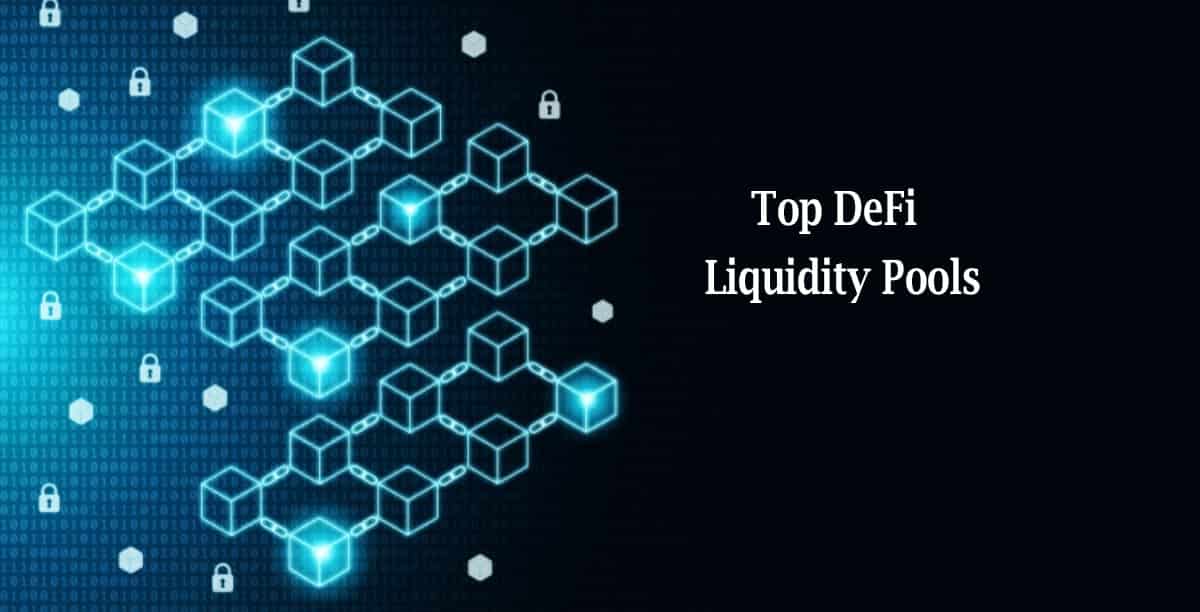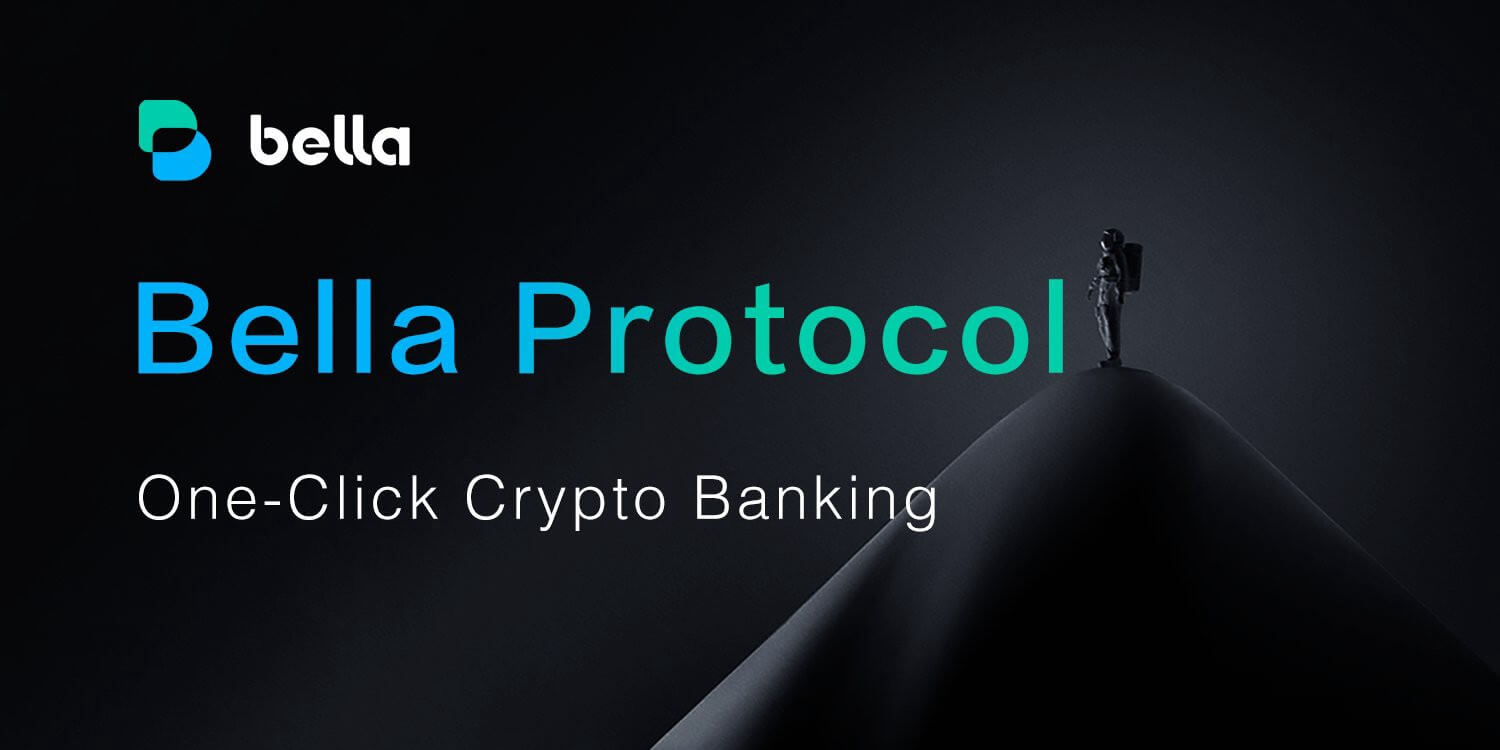Liquidity is a financial concept, and it applies as much in decentralized ecosystems as it does in traditional, centralized finance. It refers to the ease through which investors, companies, or suppliers can seize opportunities by buying or selling assets without triggering drastic price fluctuations.
Liquidity is necessary for any market to achieve stability and mitigate volatility. Investors need to realize returns on their investments, and traders need the capital to clinch fleeting opportunities. Unfortunately, new markets often face illiquidity, and they must fundraise some operating capital. Therefore, these markets and participating investors need liquidity for operations to run smoothly.
Previously, crypto projects struggled to raise liquidity capital before Initial Coin Offering smart contracts hit the markets. The ICO movements raised billions of dollars for various start-ups. Sadly, scummy projects ruined the reputation of ICO, and investors lost money.
Initial Coin Offerings (ICOs) supplied the much-needed liquidity for novel crypto projects, but the blockchain ecosystem got rid of them for propagating widespread scams. Crypto communities couldn’t fundraise anymore, and they turned to DeFi for liquidity.
DeFi propagates permission-less, peer-to-peer buying, selling, lending, and borrowing of crypto assets. Cross-chain interoperability revolutionized DeFi in 2020, and crypto users can make profitable trades across various DEXs on fungible and non-fungible crypto assets.
However, the compossibility of digital tokens did more than just create convenience in trades. It pushed DeFi to another level of liquidity. The crypto ecosystem benefitted as DeFi came up with revolutionary liquidity innovations: liquidity auctions. Surprisingly, 2020 proved DeFi’s potential of providing liquidity; the market grew by 2,000%, reaching a market cap of $14 billion.
DEXs and Slippage 101: Addressing the Liquidity Gap
Through decentralized exchanges, anyone can buy or sell assets, and DeFi empowers anyone to become a lender or borrower. The trading platform helps bring liquidity to asset holders because they can sell investments without intermediation.
Large exchanges set the asset prices in the markets since demand-supply forces power the DEXs. Smaller exchanges often take minutes or hours before harmonizing prices with those of bigger exchanges. Therefore, DEXs expose traders and investors to slippage.
Slippage can be a significant risk for traders, but it also presents lucrative volatility. DeFi addresses slippage concerns through liquidity auctions.
The Power of Liquidity Pools
Liquidity pools are smart contracts that allow multiple investors to lock in funds for reuse. The smart contract holds funds for reuse. The smart contract holds all those funds with itself, providing a massive pool of credit for borrowers to lend.
The size of a liquidity pool depends on how much funds investors are willing to lock in. The aggregate funds locked determine how much credit is available for borrowers. Every loan taken out diminishes the size of the liquidity pool.
Borrowers are often traders who participate in yield farming and other ways of exploiting slippage. They identify profitable slippages and don’t mind paying interest for loans. Therefore, investors are incentivized to supply liquid funds because of guaranteed interest rates.
These liquidity pools function like auctions, and interest rates fluctuate with demand-supply forces. When profitable slippages are rampant on DEXs, borrowers demand loans more and drive interest rates higher.
Slippage occurs due to liquidity problems facing exchanges across different chains. Traders address slippage issues by providing liquidity and profiting in the process. The actual sources of the liquidity, investors in the liquidity pools, ultimately benefit through interest rates.
Therefore, these smart contracts motivate investors to address liquidity issues in DeFi. Rising interest rates attract extra liquidity as investors lock in more funds.
The extra supply of liquidity and quickly-addressed slippages drive the cost of borrowing downwards. Moreover, increased interest rates make borrowing less attractive. Thus, the demand-supply forces stabilize volatile situations.
Liquidity Auctions Across Blockchain Networks
Compossibility took liquidity auctions to another level. Investors enjoy the interoperability of cryptocurrencies and can borrow coins with different crypto assets as collateral. If you think such unlimited options empower investors, you are right.
But start-ups benefit even more because cross-chain liquidity auctions help them fundraise capital. Essentially, the technology is making liquidity agnostic for projects regardless of their blockchain affiliations.
The Tax Benefits of Liquidity Pools
The beauty of interests accrued from liquidity pools such as Uniswap qualifies as capital gains revenue. Traditional loans in centralized finance earn interests that qualify as regular income tax. The rationale is that investors swap their cryptocurrencies, which appreciate in value, and trade those tokens for profit. Capital gains income is tax-deductible in cases of losses, but regular earnings don’t offer the same protections in cases of loss.
What Happens When Liquidity Pools Shrink beyond Investment Levels
These smart contracts are designed to protect investors, and they allow depositors to withdraw their principles and interests at any time. Most investors in liquidity pools just want the interest charges, and only a minority participate in leveraged trades.
Fortunately, all loans are collateralized, and the smart contracts are also algorithmic to reflect demand and supply. As borrowing increases, access to liquidity diminishes, triggering interest-rate hikes. Borrowers are incentivized to repay, but they may fail to do so, putting the pool at risk of illiquidity.
Depositors face dilemmas at such moments when interest rates are very high, but the risk of failed withdrawals is threatening. A spooked investor with massive stakes in the pool could easily cause a Black Swan event at such moments.
That’s why liquidity auctions often impose liquidation clauses and collateralized borrowing. Defaulting traders run the risk of losing their positions at liquidation auctions. Therefore, they exercise diligent borrowing lest they become opportunities for other shark traders.
Parting Shot
These auctions are becoming popular on platforms like Bounce.Finance, Poolz, and Polkastarter. Bounce.Finance already has over 7,321 liquidity pools, and lending platforms like Compound are the fastest-growing DeFi services.
Liquidity auctions are not going away, and they are great because they swap assets for other assets. They empower arbitrageurs and yield farmers to enjoy liquidity benefits through flash loans and leveraging opportunities.
As DeFi intensifies, liquidity issues in DEXs diminish, catalyzing growth and adoption. The stability ultimately achieved is also attractive for long-term investors seeking extra returns. Liquidity auctions are the missing piece to DeFi liquidity problems, aren’t they? Let’s discuss this in the comments section.




